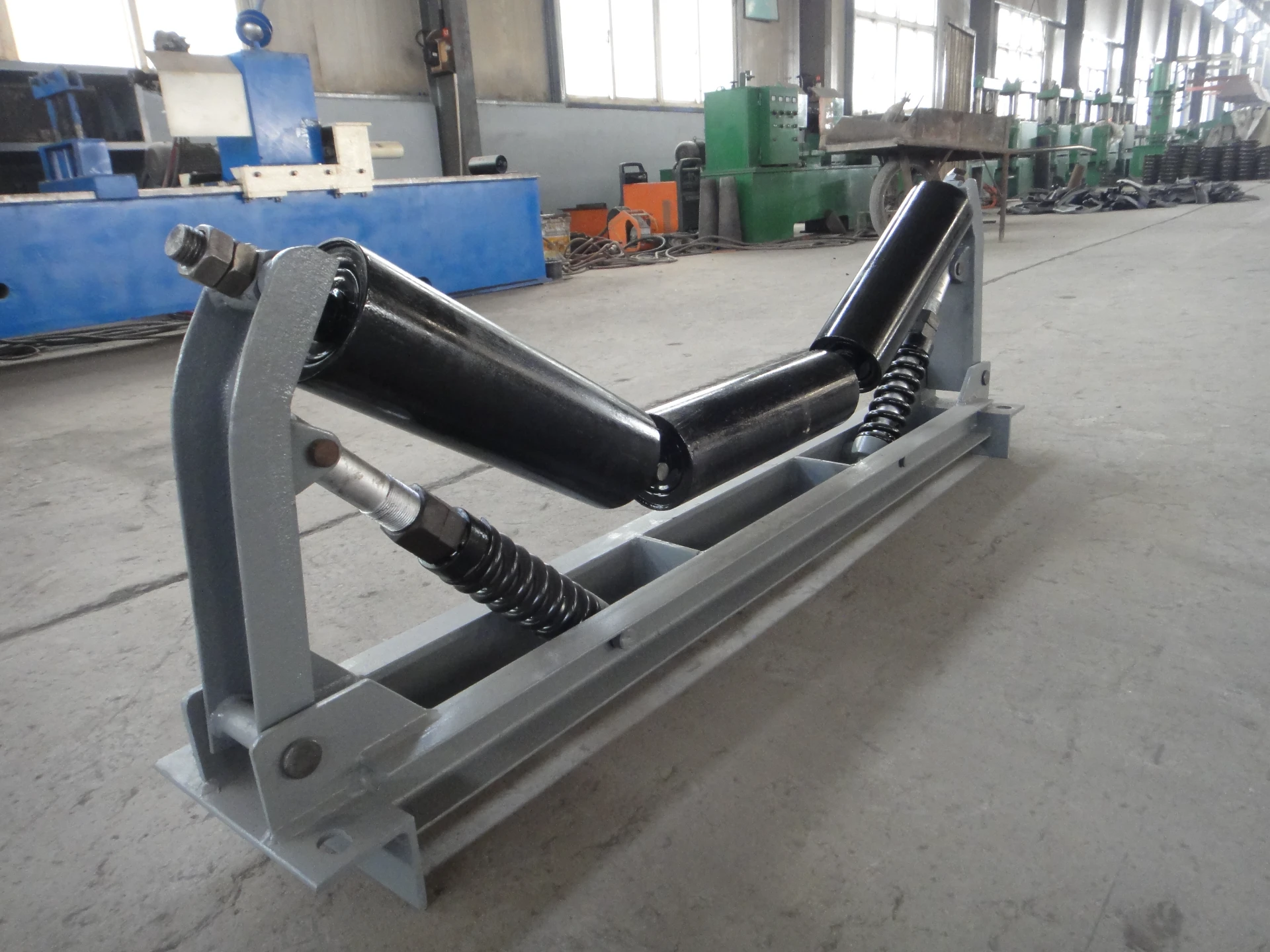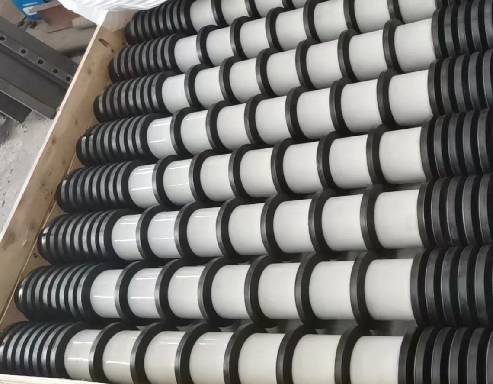 Afrikaans
Afrikaans  Albanian
Albanian  Amharic
Amharic  Arabic
Arabic  Armenian
Armenian  Azerbaijani
Azerbaijani  Basque
Basque  Belarusian
Belarusian  Bengali
Bengali  Bosnian
Bosnian  Bulgarian
Bulgarian  Catalan
Catalan  Cebuano
Cebuano  Corsican
Corsican  Croatian
Croatian  Czech
Czech  Danish
Danish  Dutch
Dutch  English
English  Esperanto
Esperanto  Estonian
Estonian  Finnish
Finnish  French
French  Frisian
Frisian  Galician
Galician  Georgian
Georgian  German
German  Greek
Greek  Gujarati
Gujarati  Haitian Creole
Haitian Creole  hausa
hausa  hawaiian
hawaiian  Hebrew
Hebrew  Hindi
Hindi  Miao
Miao  Hungarian
Hungarian  Icelandic
Icelandic  igbo
igbo  Indonesian
Indonesian  irish
irish  Italian
Italian  Japanese
Japanese  Javanese
Javanese  Kannada
Kannada  kazakh
kazakh  Khmer
Khmer  Rwandese
Rwandese  Korean
Korean  Kurdish
Kurdish  Kyrgyz
Kyrgyz  Lao
Lao  Latin
Latin  Latvian
Latvian  Lithuanian
Lithuanian  Luxembourgish
Luxembourgish  Macedonian
Macedonian  Malgashi
Malgashi  Malay
Malay  Malayalam
Malayalam  Maltese
Maltese  Maori
Maori  Marathi
Marathi  Mongolian
Mongolian  Myanmar
Myanmar  Nepali
Nepali  Norwegian
Norwegian  Norwegian
Norwegian  Occitan
Occitan  Pashto
Pashto  Persian
Persian  Polish
Polish  Portuguese
Portuguese  Punjabi
Punjabi  Romanian
Romanian  Russian
Russian  Samoan
Samoan  Scottish Gaelic
Scottish Gaelic  Serbian
Serbian  Sesotho
Sesotho  Shona
Shona  Sindhi
Sindhi  Sinhala
Sinhala  Slovak
Slovak  Slovenian
Slovenian  Somali
Somali  Spanish
Spanish  Sundanese
Sundanese  Swahili
Swahili  Swedish
Swedish  Tagalog
Tagalog  Tajik
Tajik  Tamil
Tamil  Tatar
Tatar  Telugu
Telugu  Thai
Thai  Turkish
Turkish  Turkmen
Turkmen  Ukrainian
Ukrainian  Urdu
Urdu  Uighur
Uighur  Uzbek
Uzbek  Vietnamese
Vietnamese  Welsh
Welsh  Bantu
Bantu  Yiddish
Yiddish  Yoruba
Yoruba  Zulu
Zulu Feb . 12, 2025 15:58
Back to list
Customized Roller
Troughing rollers play a pivotal role in the efficiency and effectiveness of conveyor systems across various industries, including mining, agriculture, and manufacturing. As specialized components, troughing rollers ensure that materials are transported smoothly and securely along the conveyor path. Their design and function not only enhance productivity but also minimize downtime and maintenance costs, adding significant value to operations.
The authority of troughing roller solutions is often demonstrated through their integration into comprehensive conveyor system designs. By engaging with established suppliers who offer custom solutions and expert consultation, businesses can optimize their conveyor operations to align with specific production goals. These suppliers not only provide the rollers themselves but also deliver insights into system enhancements, contributing to greater overall organizational efficiency and profitability. Building trust in troughing roller solutions extends beyond the immediate functional benefits. By investing in high-quality rollers and adhering to a disciplined maintenance routine, companies position themselves as responsible operators within their industries. This dedication to operational excellence not only boosts internal productivity but also enhances external perceptions of reliability and commitment to quality. Finally, embracing advancements in roller technology, like self-cleaning designs and sensor integration for predictive maintenance, can yield additional long-term benefits. By staying at the forefront of conveyor technology, businesses demonstrate their commitment to leveraging cutting-edge solutions, ensuring their operations are as reliable and efficient as possible. In conclusion, troughing rollers are indispensable to the successful operation of conveyor systems. Their design intricacies and material handling capabilities provide a blend of stability, efficiency, and durability. When expertly integrated with maintenance and system optimization insights, they empower industries to achieve seamless material transportation, minimize operational hiccups, and elevate production standards to new heights.


The authority of troughing roller solutions is often demonstrated through their integration into comprehensive conveyor system designs. By engaging with established suppliers who offer custom solutions and expert consultation, businesses can optimize their conveyor operations to align with specific production goals. These suppliers not only provide the rollers themselves but also deliver insights into system enhancements, contributing to greater overall organizational efficiency and profitability. Building trust in troughing roller solutions extends beyond the immediate functional benefits. By investing in high-quality rollers and adhering to a disciplined maintenance routine, companies position themselves as responsible operators within their industries. This dedication to operational excellence not only boosts internal productivity but also enhances external perceptions of reliability and commitment to quality. Finally, embracing advancements in roller technology, like self-cleaning designs and sensor integration for predictive maintenance, can yield additional long-term benefits. By staying at the forefront of conveyor technology, businesses demonstrate their commitment to leveraging cutting-edge solutions, ensuring their operations are as reliable and efficient as possible. In conclusion, troughing rollers are indispensable to the successful operation of conveyor systems. Their design intricacies and material handling capabilities provide a blend of stability, efficiency, and durability. When expertly integrated with maintenance and system optimization insights, they empower industries to achieve seamless material transportation, minimize operational hiccups, and elevate production standards to new heights.
Next:
Latest news
-
Revolutionizing Conveyor Reliability with Advanced Rubber Lagging PulleysNewsJul.22,2025
-
Powering Precision and Durability with Expert Manufacturers of Conveyor ComponentsNewsJul.22,2025
-
Optimizing Conveyor Systems with Advanced Conveyor AccessoriesNewsJul.22,2025
-
Maximize Conveyor Efficiency with Quality Conveyor Idler PulleysNewsJul.22,2025
-
Future-Proof Your Conveyor System with High-Performance Polyurethane RollerNewsJul.22,2025
-
Driving Efficiency Forward with Quality Idlers and RollersNewsJul.22,2025
OUR PRODUCTS





























